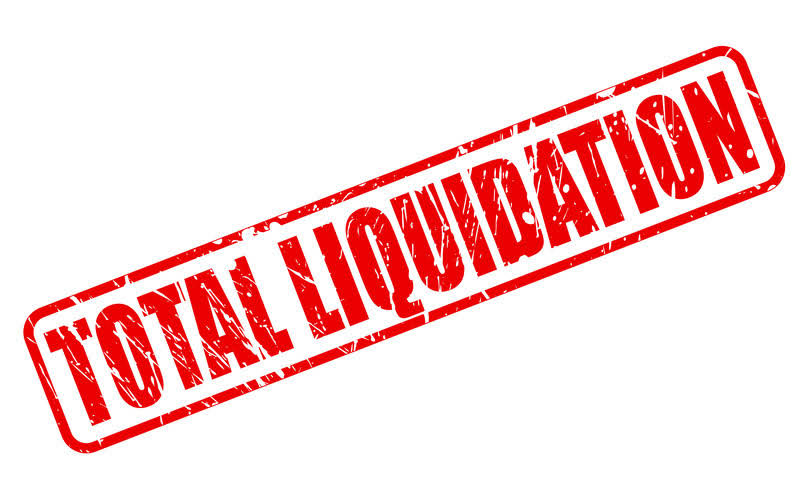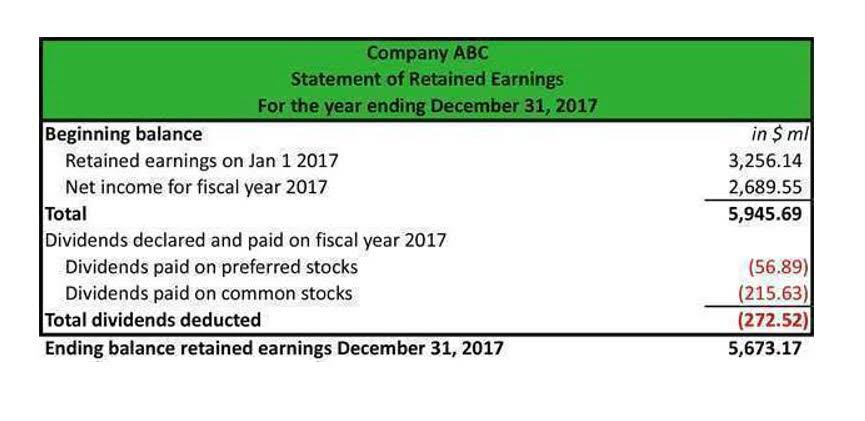No products added!

With a 20% tax rate, net income equals $20 million after $5 million in taxes is subtracted from pretax income. If depreciation, amortization, interest, and taxes are added back to net income, EBITDA equals $40 million. EBITDA formula is important because it assists businesses in comparing and evaluating profitability with similar firms and sectors and can be positive or negative.
Earnings Before Interest and Taxes (EBIT)

Generally, a firm with a strong history of consistent and Bookkeeping for Consultants growing EBITDA will find it easier to get a business loan at favorable rates and terms. Other financial metrics that can be used to evaluate the performance of a Company include the Profit Margin and Return on Investment (ROI). However, this shows how important it is to focus on the profitability of a Company putting aside the non-operational expenses. Theoretically, it provides a more stable value for EBITDA and makes it easier to compare to competitors. However, there is a significant amount of subjectivity regarding the selection of items and the methods used to calculate the adjustments. For this reason, these values and the calculations behind them are scrutinized by analysts.
- In other cases, a weighted average may be used if results are inconsistent from year to year and business cycles are longer and predictable.
- However, investors should be cautious not to rely solely on EBITDA, as it may not provide a complete picture of a company’s financial health.
- By removing the impact of debt, taxes, depreciation, and amortization, it offers a more transparent view of operating performance for both decision-makers and investors.
- I recommend sticking to low-risk methods of increasing your sales, such as increasing your budget in predictable marketing with measurable returns.
- EBITA is used to include effects of the asset base in the assessment of the profitability of a business.
- For illustrative purposes, we’ll assume the company recognized $5 million in depreciation and amortization (D&A) on the cash flow statement (CFS).
- Owners and investors also occasionally use EBITDA as a tool for comparing their business to competitors.
How is EBITDA considered in the evaluation of companies?
In these instances, EBITDA can allow an individual to assess the company’s value without that figure. Another way to increase the value of your business is to increase its growth rate. Other methods for increasing sales primarily include creating new products or services or selling more of your existing ones. But beware of risk product development or marketing campaigns if you plan on selling in the next few years. Conservative buyers will generally not allow adjustments for unsuccessful campaigns or launches when calculating EBITDA. While you shouldn’t ignore other factors, one of your major priorities should be to increase EBITDA.
EBITDA Margin

In this formula, debt represents the company’s short- and long-term debt obligations. Overall, the calculation measures a company’s ability to pay off incurred debt. These widely available industry EV/EBITDA multiples make it easy to get a quick idea of how competitive a company is compared to other businesses. This measurement is particularly useful when comparing the relative profitability of two companies of different sizes within the same industry.
- In this sense, it’s more of a coverage or liquidity measurement than a profitability calculation.
- EBITDA, which stands for Earnings Before Interest, Taxes, Depreciation, and Amortization, is a financial metric widely used to measure a company’s profitability and operating performance.
- The EBITDA and adjusted EBITDA formula can be calculated using MS Excel as well.
- Being a non-GAAP measure, earnings before interest, taxes, depreciation, and amortization may be illusive.
- EBITDA or Earnings before interest, taxes, depreciation, and amortization is a business valuation metric to assess the financial strength of the organization.
- The next profit metric to calculate is operating income (EBIT), which equals gross profit minus operating expenses, i.e., the SG&A and R&D expenses.
Its all-encompassing nature and ability to reveal a company’s inherent profitability make EBITDA an essential instrument in the financial analysis toolkit. Here, taxes and interest are added to net income to determine the operating income, or the profit gained from core business operations. Net income, taxes, and interest expenses are located on the income statement. EBITDA is a measure of a company’s earnings before interest, taxes, depreciation, and amortization expenses are deducted. It’s a useful indication of core business profitability, and helpful when comparing two businesses within the same industry.

Entrepreneurs and business valuators what is ebitda often use EBITDA to calculate a company’s valuation for a business sale or acquisition. An EBITDA contribution chart can be used to visually represent the EBITDA figure and its impact on the company’s valuation. Both EBIT and EBITDA measure a company’s profitability with certain, but different, types of expenses added back in. There are several other calculations that use EBITDA, including adjusted EBITDA, the EBITDA/EV multiple, and the debt-to-EBITDA ratio. A rising EBITDA will not reveal the big capital expenditures a company may have made. It excludes capital expenditures, which can have major implications on the business’s operations.
EBITDA is also a useful metric in the valuation of companies, particularly through the use of the EV/EBITDA (Enterprise Value to EBITDA) multiple. Enterprise value (EV) is the aggregate value of a company’s equity, debt, and cash holdings, minus its cash and cash equivalents. The EV/EBITDA multiple is calculated by dividing a company’s enterprise value by its EBITDA, and as a result, it measures the relationship between a company’s total value and its operating What is bookkeeping performance. EBITDA is calculated by adjusting operating income (EBIT) for non-cash items, namely the add-back of depreciation and amortization (D&A).
How is EBITDA calculated using an Excel model?
- Excluding interest allows for meaningful comparisons between businesses with different capital structures.
- In contrast, net profit is the company’s remaining earnings after these expenses have been deducted.
- In fact, since there are many ways to calculate it, and it’s used in calculating so many other ratios, EBITDA can get confusing very quickly.
- Add back interest expenses, which relate to financing activities rather than operational efficiency.
- This is because the cash generation of a business depends on capital expenditures (needed to replace assets that have broken down), taxes, interest and movements in working capital as well as on EBITDA.
- Calculating a company’s EBITDA margin is helpful when gauging the effectiveness of a company’s cost-cutting efforts.
The following sections will guide you on how to calculate EBITDA using these methods. To calculate it, you first calculate EBITDA, and then take the additional step of removing all other irregular, one-time, and non-recurring items. Examples include things like litigation expenses, a one-time donation, and asset write-downs. EBITDA margin is a calculation used to determine a company’s profitability from operations, illustrating efficiency and the company’s ability to maximize profits. EBITDA can be calculated using either the net income method or the operating income method. In some cases, the formulas can generate two different EBITDA figures for the same company, as net income and operating income are calculated differently.











